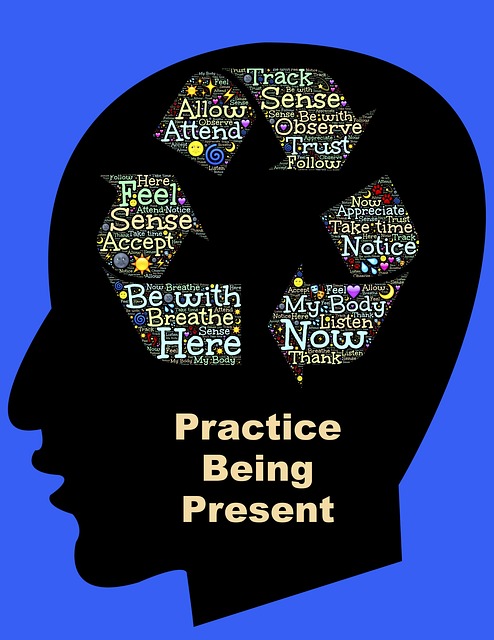 These are jury selection thoughts thoughts based on Carl Rogers, On Becoming a Person (1961).
These are jury selection thoughts thoughts based on Carl Rogers, On Becoming a Person (1961).
“In my relationships with persons I have found that it does not help… to act as though I were something that I am not.”
The first step in becoming one with the jury is to be real. Being real is being honest. Honest about the bad as well as the good. We discuss the essence of our case especially the bad facts and problem areas. When this is done we reveal how we feel. Jurors intuitively recognize this and respond by revealing feelings.
“I have found it of enormous value when I can permit myself to understand another person.”
Carl Rogers reveals the essence of jury selection with this quote. We bound with jurors by listening and accepting. Listening and accepting leads to bonding. Understanding must be unconditional-even when we do not agree. We can understand without agreement. When we have understanding we have a bound.
“I have found it highly rewarding when I accept another person.”
Here Rogers tells us we benefit by accepting unconditionally the members of the jury panel. The panel has bounded to some extent before we meet in jury selection. They have accepted each other at various levels. They know when we accept them. And when we accept them when we are not in agreement they will more readily accept us when they are not initially in agreement. In essence they accept the possibility we may be right. We may be the exception to their initial reaction. Every rule has an exception.
“The facts are friendly.”
Stated another way the truth is friendly. We never forget this maxim in jury selection. The truth rings with authenticity, and jurors know it. Jurors understand problems and bad facts when we deal with them openly seeking their input. We have bonded and we have to accomplish fairness together. To accomplish fairness we must together face the hurdles.
“Life at its best, is a flowing, changing process in which nothing is fixed.”
To relax and be fluid is essential, as we can flow with the jury panel. To do this nothing can be fixed. To set anything in concrete is to have an agenda and this will kill us. We must be our natural self. We must move with the natural dynamic of the jury panel. When we do this by way of the Carl Rogers maxims we will be in jury selection at its best. The panel will likely respond favorably.
 We all have fear. Fear of the unknown. Fear of failure. Fear of success. To have fear is to be alive. To have fear is to understand risk. To have fear is to know something is at stake.
We all have fear. Fear of the unknown. Fear of failure. Fear of success. To have fear is to be alive. To have fear is to understand risk. To have fear is to know something is at stake. Facts are subjective or objective. “Both things and events are objective facts. They exist in the public domain and are in principle accessible to all.”
Facts are subjective or objective. “Both things and events are objective facts. They exist in the public domain and are in principle accessible to all.” This post takes from my last three trials,
This post takes from my last three trials,  Here is procedure, taken from
Here is procedure, taken from  Recently we settled a significant personal injury case where we addressed the issue of a Medicare Set Aside (MSA). The issue was raised by defense during settlement negotiations.
Recently we settled a significant personal injury case where we addressed the issue of a Medicare Set Aside (MSA). The issue was raised by defense during settlement negotiations.  A quality opening statement requires becoming one with our client’s story. Becoming one with our client’s story means
A quality opening statement requires becoming one with our client’s story. Becoming one with our client’s story means  Thomas Merton in THE WAY OF CHUNG TZU discusses the classic Ju philosophy of Confucius. A philosophy “built on basic social relationships and obligations that are essential to a humane life and … develop the human potentialities of each person in his relationship to others.” Merton, THE WAY OF CHUNG TZU at 17-18 (New Directions 1965).
Thomas Merton in THE WAY OF CHUNG TZU discusses the classic Ju philosophy of Confucius. A philosophy “built on basic social relationships and obligations that are essential to a humane life and … develop the human potentialities of each person in his relationship to others.” Merton, THE WAY OF CHUNG TZU at 17-18 (New Directions 1965). This is how we advise our client in a personal injury case: First, fair value cannot be obtained from the insurance company unless we can and will try the case. Second,
This is how we advise our client in a personal injury case: First, fair value cannot be obtained from the insurance company unless we can and will try the case. Second,  Decisions are made using our conscious mind and our subconscious mind. Emotional decisions are made at the subconscious level, then justified by the conscious mind. To ignore the subconscious mind when working with others on making decisions is to ignore the decision making part of the group mind.
Decisions are made using our conscious mind and our subconscious mind. Emotional decisions are made at the subconscious level, then justified by the conscious mind. To ignore the subconscious mind when working with others on making decisions is to ignore the decision making part of the group mind.  Representing a developmentally disabled (DD) client brings considerations beyond what we typically encounter. Here is how I address the deposition without first getting a protective order.
Representing a developmentally disabled (DD) client brings considerations beyond what we typically encounter. Here is how I address the deposition without first getting a protective order. This cross examination discussion is from my cross examination notes in a survival action economic loss case.
This cross examination discussion is from my cross examination notes in a survival action economic loss case.
 “The human energy system is an energetic webbing that permeates the entire body. It is the system that empowers the body and energizes and enlivens the mind, providing the energetic foundation upon which the body is built. It is the network through which all life energy flows.” Kilham, The Five Tibetans (1994) at 10. Kilhan points out we are incarnate beings meaning we are beings who live in bodies.
“The human energy system is an energetic webbing that permeates the entire body. It is the system that empowers the body and energizes and enlivens the mind, providing the energetic foundation upon which the body is built. It is the network through which all life energy flows.” Kilham, The Five Tibetans (1994) at 10. Kilhan points out we are incarnate beings meaning we are beings who live in bodies.


 Once we have agreed to settle with the negligent party’s insurance company we address the settlement proceeds. Here we deal with potential
Once we have agreed to settle with the negligent party’s insurance company we address the settlement proceeds. Here we deal with potential 
 Although many lawyers choose to practice law in casual attire. For court appearances and most matters I dress like a lawyer. This means professional attire that inspires confidence-as in a client seeing me as their lawyer. As in a client thinking he looks like a professional who knows what he is doing. As in a client thinking damn I’m glad he’s my lawyer.
Although many lawyers choose to practice law in casual attire. For court appearances and most matters I dress like a lawyer. This means professional attire that inspires confidence-as in a client seeing me as their lawyer. As in a client thinking he looks like a professional who knows what he is doing. As in a client thinking damn I’m glad he’s my lawyer.
 Being a quality lawyer is like being a duck:
Being a quality lawyer is like being a duck:

 In 2010 I posted a Thought of the Week termed
In 2010 I posted a Thought of the Week termed 